Progress Monitoring in Speech Therapy
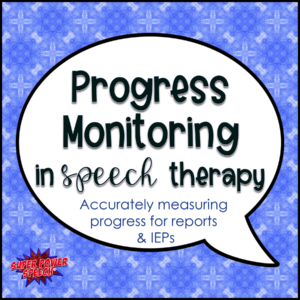
For most of my career as a speech pathologist, I have based my progress reports on the daily data that I take in speech. What I’ve always loved about this method is that it is super quick. I glance down my columns of data for each goal and report on how the student has been doing recently.
This method has worked very well for my articulation students. However…. when I use this method with my language goals, I glance down my row of data and get completely confused! Take a look at the example below. Has this student been making progress? What number would you put on the progress report? It is so hard to know!

Here is the problem… during each speech session I am introducing new words and practicing them in different tasks. In a group of 4 students, each child might only have 5 data points, even though they were (hopefully) learning from their peers. My data can be completely different from one session to the next based on the words and the task.
I have known that something needs to change in order to have quantifiable progress data that I would feel confident presenting in court (if that ever needed to happen). So this year I have been trying out SLP Toolkit. Although not all of the features have worked in my setting (in fact, I ended up creating my own online data sheets), I am now obsessed with the idea of progress monitoring throughout the year.
To truly measure progress, I feel that I need to provide students with the same setting and tasks. This can be done with online tools, or by using a set of probes that you have developed within your own speech room. In fact, I still have at least 30 pages of probes in my file cabinets from when I first started at my school 17 years ago!
So, what can I recommend? Here are the various systems that I am trying out right now. Hopefully, I will settle on one that is perfect by the end of the year. 🙂
3 ways to progress monitor
1. Progress monitor with Mini Language Club. This product has a large number of syntactic and semantic stimulus items that can be probed at the beginning of a season. Practice these items with the 12 weeks of activities included and periodically retest. Measuring progress using the same set of words is a fantastic way of seeing if the student is making growth in an area of language.
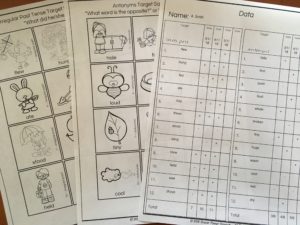
2. Create my own probes based on speech activities or classroom curriculum. I can add them to my Speech Data Google Sheets and revisit them approximately once a month. My data sheets will graph the progress, which is great to print and send home to parents!
![]()
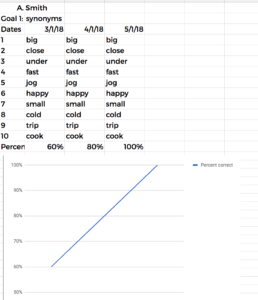
In addition, using the Speech Data Google Sheets automatically creates practice cards to print. That way I can send them home to practice or use as stimulus cards in therapy.

3. Continue to use SLP Toolkit for progress monitoring. It is great to find something in which the work is already done for you!
No matter what you choose, I highly recommend progress monitoring every 1-3 months. It is a more reliable and reproducible method of determining if your students are making adequate progress, or if therapy methods need to be altered.
What do you recommend? What are your favorite ways to periodically progress monitor to determine real progress on goals?
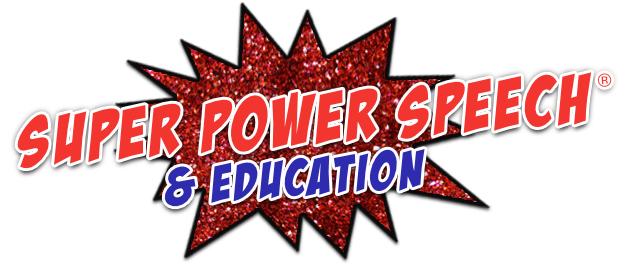
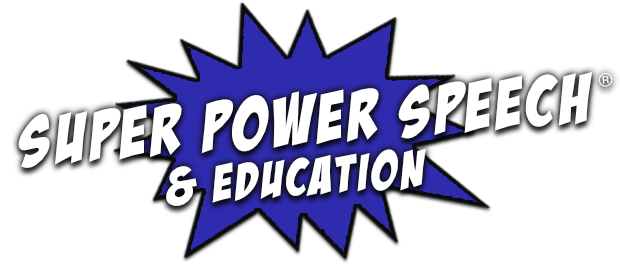
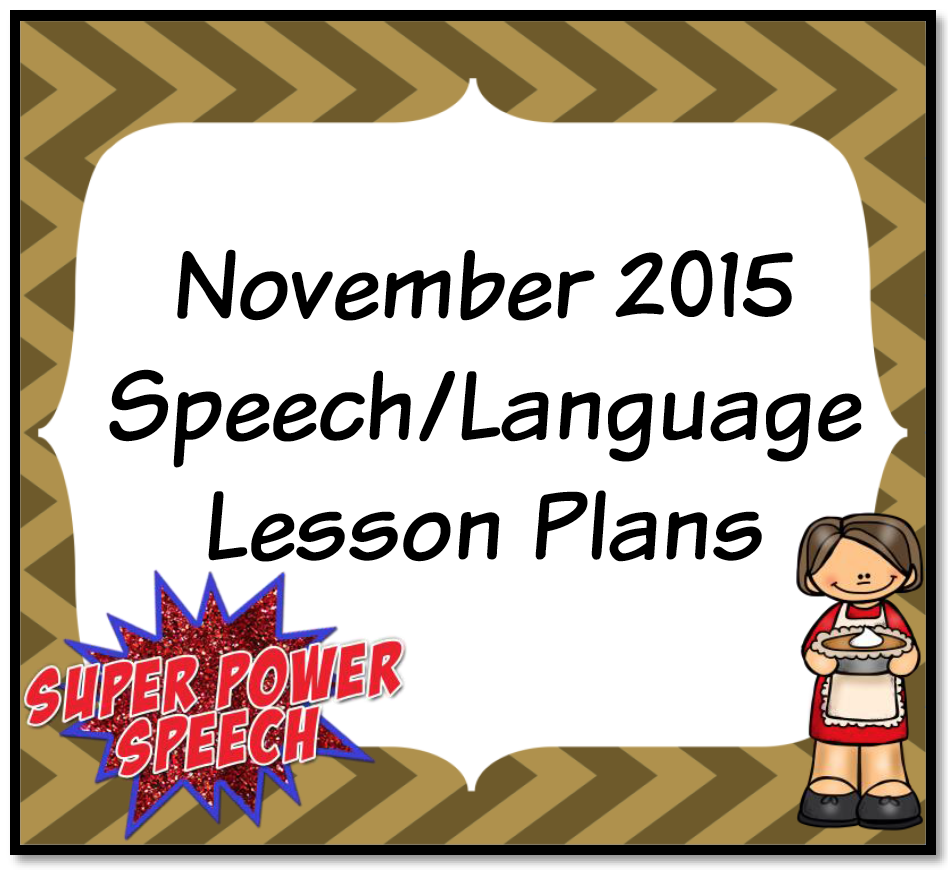

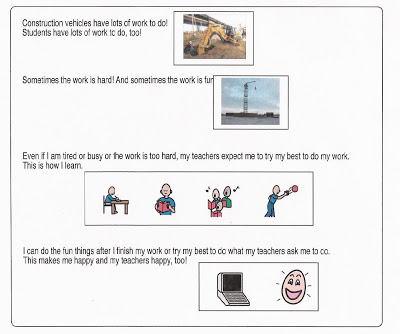
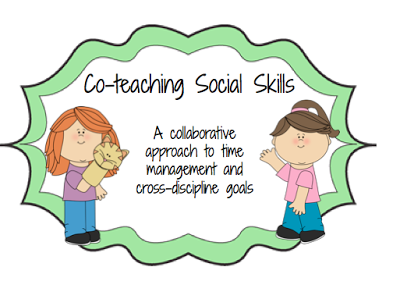


I tried SLP Toolkit, and one of the problems I had was that most of my students with language goals need visuals with any text they read to have success with comprehension/expression goals. If I remember correctly, all of the texts with their program were text only, no picture supports. If you don’t mind sharing, what features did you not like?
@Katie, SLP Toolkit has pictures to go along with many of their prompts. You have to get them online, but you can show them straight on your iPad.
The features that I had the most problems with were: 1. You could not easily look back on any previous data to see what the child needs to work on next (for future planning). 2. There was such a limited set of progress monitoring (I can only ask the same irregular past tense verbs so many times during the year). 3. The price.